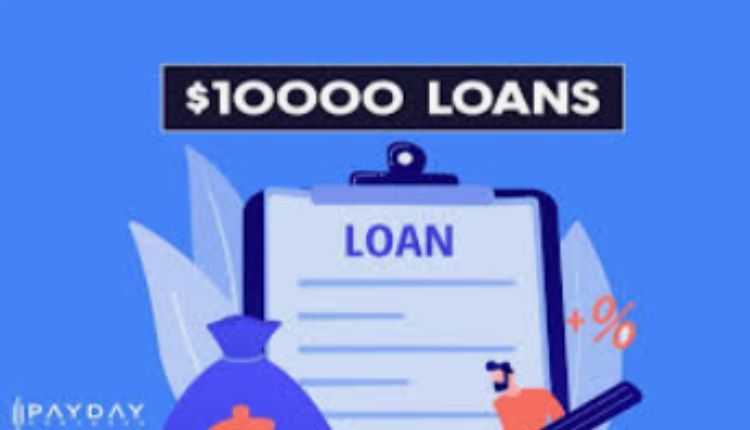Government-backed loans make capital available to people who wouldn’t otherwise be able to get it. They include subsidized and unsubsidized student loans, mortgage loans and loan programs for business owners and disaster relief. Resource-backed loans involve large government borrowing based on the future income stream from natural resources. Generally, these loans have opaque contractual terms and lack public accountability.
Student Loans
Student loans are government backed loans to help students pay for college. Before 2010, federally guaranteed student loans were issued by private lending institutions under the Federal Family Education Loan Program (FFELP). The government took over these programs and issued direct student loans after 2010. Currently, the U.S. Department of Education offers four different types of direct federal student loans. The most beneficial type of federal student loan is the Direct Subsidized Loan, which is available to undergraduate students with demonstrated financial need. This type of student loan has a low interest rate and the government pays the accruing interest during the time the borrower is enrolled in school and for a six month grace period following graduation. . Other 정부지원대출 include jumbo mortgages and professional loans for aspiring doctors, lawyers and others.
The other types of direct federal student loans have varying interest rates and include the Direct Unsubsidized Loan, which is not dependent on need and does not have a grace period. The Department of Education contracts with companies to manage, or service, the student loans it owns. These companies collect monthly payments and provide borrowers with account status information.
Housing Loans
Home loans are backed by the government through programs run by the Federal Housing Administration, Department of Veterans Affairs and USDA. They typically have lower credit score and down payment requirements than conventional mortgages, which make them more accessible for first-time buyers.
But while these loans may make it easier to get a mortgage, they do not necessarily come without additional requirements that could be hard for some people to meet. For instance, borrowers who use a VA loan must be active military or veteran service members or the spouse of one, and they must be able to meet income and financial requirements set by the Department of Veterans Affairs These loans don’t fit into the categories of GSEs, and so they are often referred to as portfolio loans. Lenders keep these loans in their own books instead of reselling them.
Business Loans
The government backs a variety of business 대출납입계산기 that offer benefits to both borrowers and the economy. These loans do not require the borrower to provide company equity or other assets as collateral, and they are usually available quickly. The Small Business Administration oversees these loans, which are offered by banks and other lenders. These loans can be used for working capital, equipment purchases or purchasing real estate. They are available to businesses that have been in operation for a minimum of one year.
Some of these business loans also feature lower credit score requirements than other types of lending. The requirements for invoice financing, for example, can be much more flexible, with many online lenders offering funds based on your company’s outstanding invoices. The terms and conditions of these loans vary from lender to lender, so make sure you read them carefully. Typically, these loans come with a minimum credit score of 640. Some loans may require a personal guarantee from each of the business’s owners, while others have specific eligibility criteria.
Disaster Relief Loans
Disaster relief loans are available to cover a wide range of expenses. These include home, business and personal damages from natural or man-made disasters that are not covered by insurance. They also cover the costs of losses to farm property, as well as the loss of income from a disaster. In addition, these loans are available to veterans, reservists and members of the National Guard who have been called to active duty.
The Small Business Administration offers low-interest disaster loans to homeowners, renters, businesses of all sizes and private non-profit organizations that have suffered damage from a declared disaster. These loans can be used to repair or replace property damaged by a disaster, including real estate, personal property and machinery and equipment. These loans are typically backed by the federal government. As a result, they can be much easier to qualify for than conventional loans. They can even be secured by your home or other property.
What’s Next?
Government home loans are mortgages backed by a government agency like the FHA, VA or USDA. This eliminates some of the risk to lenders, allowing them to offer lower rates and less strict credit requirements.

